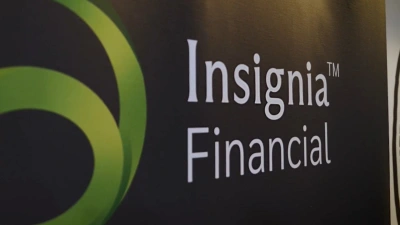Will last resort scheme and disciplinary body double regulatory costs?


Financial advice firms, already stressed by the almost 60% increase in the Australian Securities and Investments Commission’s (ASIC’s) industry funding levy, are now worried about levies for the cost of the single disciplinary authority and the compensation scheme of last resort.
The Minister for Superannuation, Financial Services and the Digital Economy, Senator Jane Hume, flagged the legislation for the single disciplinary body by the middle of this year alongside that for a compensation scheme of last resort giving rise to an expectation that the exposure draft and at least some funding arrangements will be announced in the May Budget.
However, advice principals are pointing to the scale of the increases in the ASIC levy and the burden that will be created if firms are to also be levied to meet the cost of the single disciplinary body and the last resort compensation scheme at the same time as having to foot the bill for professional indemnity (PI) insurance premiums.
Consultation processes with Treasury officials have also given rise to debate around whether a capital adequacy requirement should be imposed on licensees with respect to their ability to meet claims bills.
While accepting that Hume has pointed to releasing the legislation in the middle of the year, senior financial advisers have urged greater clarity with respect to funding arrangements, arguing that advice practices and individual advisers are already hard-pressed.
Outspoken West Australian adviser, Steve Blizard, said the industry had been left substantially in the dark about what the regime would look like and what it might cost.
“What an adviser is paying to be regulated is already high without adding substantial additional cost,” he said.
It is understood that advisers are paying around $2,500 and $3,000 towards regulatory costs each year and this could double if they are asked to fully fund the cost of the compensation scheme of last resort.
Former dealer group chief executive, Paul Harding-Davis, said he believed the cost of the compensation scheme of last resort had the potential to be particularly expensive, adding the equivalent of half the cost of a PI premium for every adviser.
He said that while some people might see the imposition of capital adequacy requirements as attractive, it needed to be recognised that such a move would simply entrench large licensees.
Harding-Davis has previously argued that the compensation scheme of last resort should not be open to advisers with sophisticated wholesale clients who could continue to rely on PI insurance.
Association of Financial Advisers (AFA) general manager, Policy and Professionalism, Phil Anderson pointed out that additionally to the cost of the compensation scheme of last resort and the single disciplinary body there would be the cost of supporting at least some of the functions of the Financial Adviser Standards and Ethics Authority (FASEA).
He pointed out that the funding by the big institutions ended on 30 June and while the functions of FASEA had been devolved to Treasury and the ASIC there would likely be a cost impact on the industry.
Recommended for you
A financial advice firm has been penalised $11 million in the Federal Court for providing ‘cookie cutter advice’ to its clients and breaching conflicted remuneration rules.
Insignia Financial has experienced total quarterly net outflows of $1.8 billion as a result of client rebalancing, while its multi-asset flows halved from the prior quarter.
Prime Financial is looking to shed its “sleeping giant” reputation with larger M&A transactions going forward, having agreed to acquire research firm Lincoln Indicators.
An affiliate of Pinnacle Investment Management has expanded its reach with a London office as the fund manager seeks to grow its overseas distribution into the UK and Europe.














